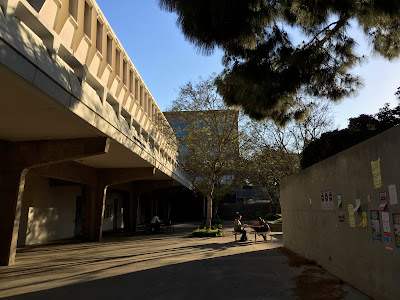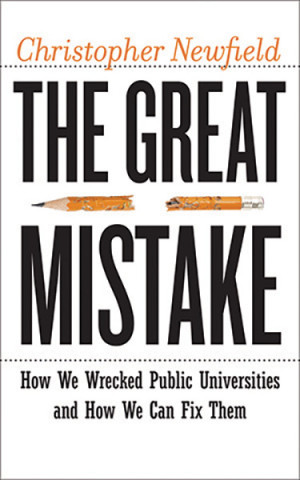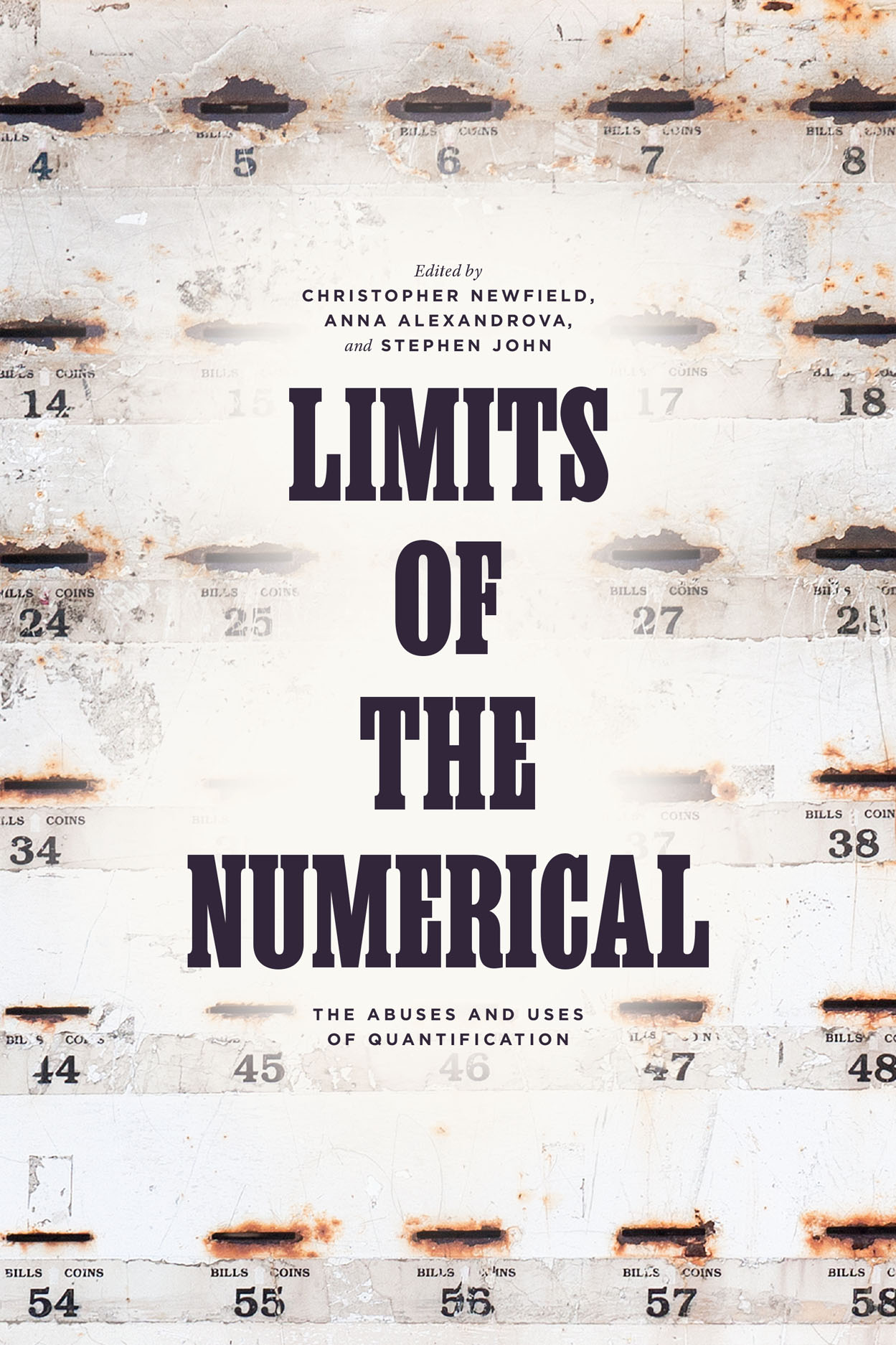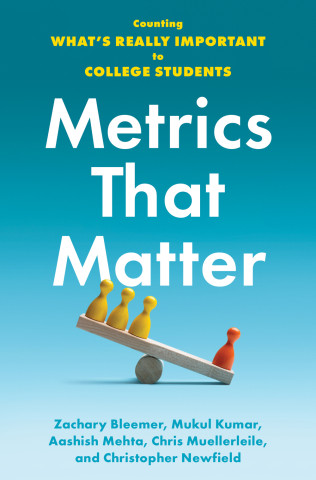 |
| Kleftiko, Milos, Greece on July 21, 2025 |
by Arturo Escobar, University of North Carolina, Chapel Hill
Note: This text is based on a longer paper completed in February 2024. In the following months, three prominent US-based journals promptly declined considering it for publication. In my mind, this proved the paper’s main point: that the modern West, including the academy, cannot genuinely entertain novel ideas, proposals and practices emerging from the world’s peripheries, essential to the fundamental task of rethinking and reconstructing the world. Ergo, it must be pushed into thinking, being, and doing otherwise than it does as a matter of life and death. My thanks to Christopher Newfield for including it in his blog, and to Clive Dilnot for his generous and pointed feedback.










